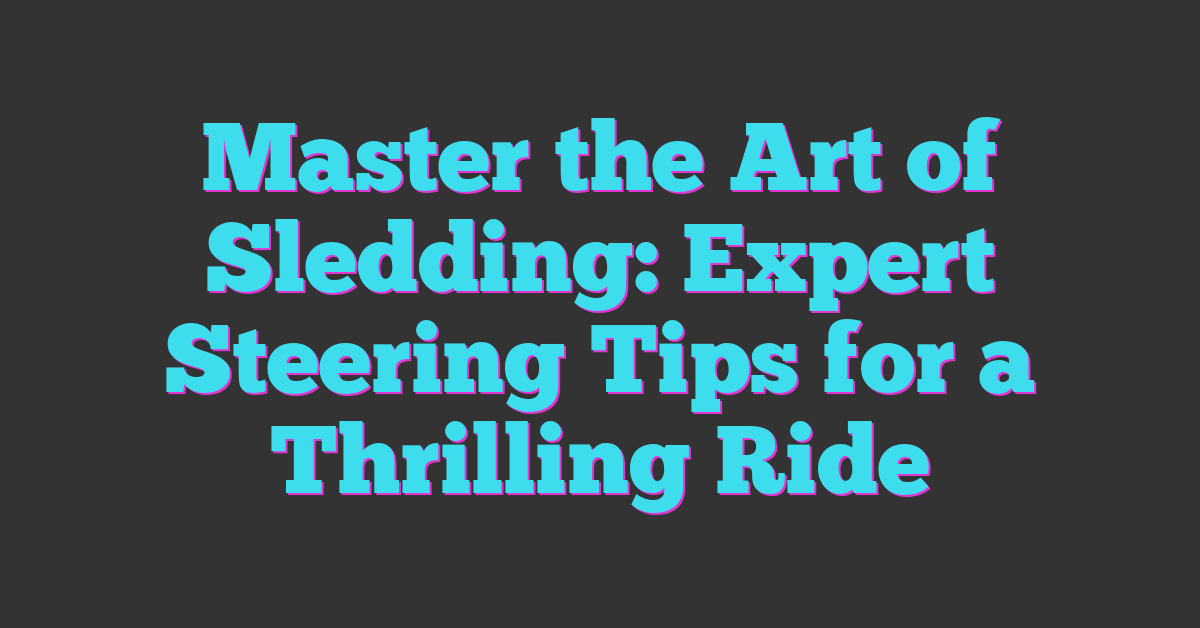Getting ready for snowboarding season means more than just waxing your board and picking out the right gear. Your fitness plays a huge role in how well you perform and how much fun you have on the slopes. Tracking your progress helps you stay motivated and see real improvements in your strength, balance, and endurance.
The Importance of Snowboarding Fitness Progress Tracking
Tracking your snowboarding fitness progress helps you stay focused on key areas like strength, balance, and endurance. You notice specific improvements, such as increased leg power or better core stability, when you record your workouts regularly. Measurements like time held in a balance pose or reps of squats make your gains visible and motivating.
Tracking also identifies plateaus or weaknesses in your routine, allowing you to adjust exercises to target those limits before they affect your performance. You prevent injuries by recognizing fatigue or imbalance early. For example, if endurance declines compared to prior weeks, you can prioritize cardio sessions to maintain stamina vital for long runs.
Tracking creates accountability that keeps your commitment steady, especially during off-season or busy weeks. You feel rewarded watching numbers go up or better form on recorded videos, strengthening your passion for the sport.
Finally, progress data provides a clear path for setting realistic goals, like mastering a trick or handling steeper terrain, because you understand where your fitness stands now. You approach each season with confidence when progress tracking is part of your routine.
Key Fitness Components for Snowboarding
You rely on specific fitness elements to perform your best and avoid injury while snowboarding. Tracking improvements in these areas keeps your training focused and your sessions on the slopes more enjoyable.
Strength and Power
You need strong legs, glutes, and core muscles to control your board and handle varied terrain. Squats, lunges, and deadlifts build explosive power for those quick turns and jumps. Core exercises like planks and Russian twists stabilize your body, helping you maintain posture and absorb shocks. Measuring increases in weight lifted or reps done highlights progress that translates directly to better board control.
Balance and Coordination
You improve your balance with exercises like single-leg stands, balance board drills, and dynamic movements that mimic snowboarding. These drills sharpen your coordination between lower and upper body, vital for smooth transitions and maintaining stability. Tracking hold times or using balance sensors provides objective data on your proprioception improvements.
Endurance and Stamina
You boost your endurance through cardio activities—running, cycling, or interval training—that raise your heart rate and improve oxygen delivery. Longer rides and demanding conditions require stamina to sustain energy and reaction speed. Recording time, distance, and perceived effort lets you see gains in how long and hard you can ride before getting tired.
Methods to Track Snowboarding Fitness Progress
Tracking your snowboarding fitness progress makes your training more effective and engaging. Here are reliable methods to measure improvements and tailor your routine for peak performance on the slopes.
Wearable Technology and Apps
Wearable devices track key metrics like heart rate, calories burned, and duration of your workouts. You’ll find apps specifically designed for snow sports that monitor your runs, speed, and elevation changes. Using these, you can analyze your endurance and effort, adjusting workouts to target stamina or recovery. Devices like fitness watches and smart trackers sync with apps, giving you a complete view of your fitness journey from strength sessions to on-snow activity.
Performance Testing and Assessments
Performance tests quantify your strength, balance, and endurance. Try squats or leg press tests to measure lower body strength essential for carving and jumps. Balance exams using wobble boards or single-leg stands show improvements in core stability. Cardio tests like timed runs or cycling sessions reveal your aerobic capacity, directly impacting your riding stamina. Regularly assessing these areas helps you pinpoint weaknesses and track gains, guiding your training focus.
Keeping a Training Journal
Recording your workouts and snowboarding sessions builds a detailed log of progress. Use your journal to note exercises, durations, reps, and how you felt during each session. Logging goals met, personal bests, or areas needing work keeps you motivated and accountable. Over time, this record highlights trends and breakthroughs, allowing you to celebrate gains while refining your plan to sharpen your snowboarding fitness throughout the season.
Benefits of Consistent Progress Tracking
Tracking your snowboarding fitness consistently plays a major role in making every session on the slopes better than the last. It connects your hard work off the board to real improvements in performance and enjoyment on the mountain.
Motivation and Goal Setting
Motivation increases when you see clear evidence of improvement in your strength, balance, or endurance. Logging your progress helps you set focused, achievable goals, like adding five pounds to your squat or holding a balance drill longer. Progress tracking removes guesswork from training and keeps your goals in sight, so you stay driven whether it’s mid-winter or off-season. Knowing you’re moving forward builds excitement and commitment to stick with your fitness plan.
Injury Prevention and Recovery
Tracking your fitness can catch signs of overuse or imbalances before they turn into injuries. Recording tiredness levels, muscle soreness, or decreases in performance flags when it’s time to rest or adapt exercises. With this data, you manage recovery proactively, preventing setbacks that keep you off the board. If you’re dealing with an injury, tracking your rehab workouts and gradual strength gains makes sure you return to riding safely and stronger than before.
Tailoring Training Programs
Consistent progress tracking reveals exactly which parts of your fitness need more attention. If your balance improves but leg power plateaus, you can adjust your training to add targeted exercises like plyometrics or weighted squats. Tracking also shows which routines work best for your body, letting you personalize your fitness plan for maximum effect. This fine-tuning leads to faster improvements and more control during your runs, so you ride with confidence and skill.
Tips for Effective Snowboarding Fitness Progress Tracking
Set clear goals that focus on your snowboarding fitness priorities, such as improving leg power, boosting balance, or increasing stamina. Track specific metrics like squat max, balance duration, or cardio endurance to measure progress precisely.
Use wearable devices or fitness apps to record data automatically, making it easier to monitor heart rate, calories burned, and workout intensity. Logging these numbers consistently helps spot trends and adjust your training smartly.
Schedule regular performance assessments, such as timed runs, balance tests, or leg strength evaluations, to quantify gains. Repeat tests every 4 to 6 weeks and compare results to stay motivated and focused on improvements.
Keep a detailed training journal, noting workout types, durations, perceived effort, and how you feel on the slopes afterwards. Review your notes weekly to identify what works best and which areas call for extra attention.
Prioritize rest and recovery days in your tracking to avoid burnout and injury. Record fatigue levels and any aches, adapting your plan promptly if signs of overtraining appear.
Celebrate milestones and small wins, like adding 10 pounds to your squat or holding a balance pose longer. These achievements fuel motivation and reinforce your commitment during the off-season.
Share your progress with fellow snow sports enthusiasts for accountability and support. Engaging with a community helps keep your training fun and consistent, pushing your limits safely as you prepare for the next snowy adventure.
Conclusion
Tracking your snowboarding fitness progress keeps you connected to your goals and fuels your motivation. It helps you stay accountable and make smarter adjustments to your training, so you can keep improving without risking injury.
By staying consistent and celebrating your milestones, you’ll find yourself more confident and ready to tackle the slopes with greater strength, balance, and endurance. Remember, your progress off the mountain directly shapes your experience on it.
Keep tracking, stay focused, and enjoy every step of your snowboarding journey!
















